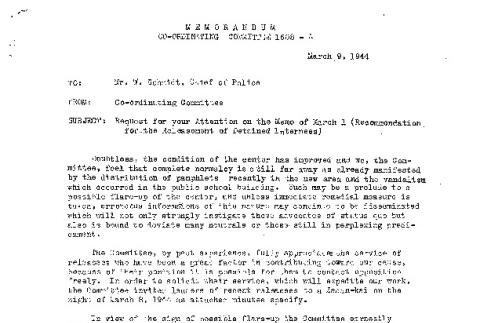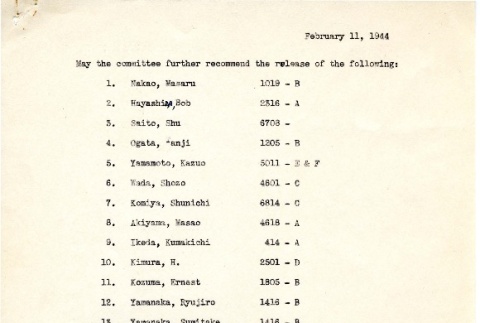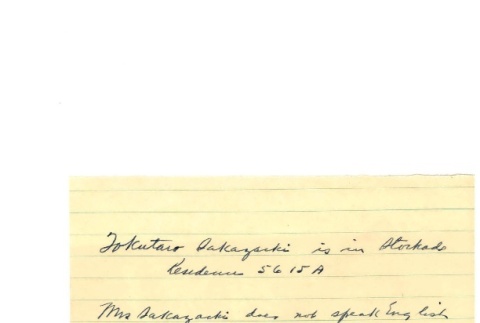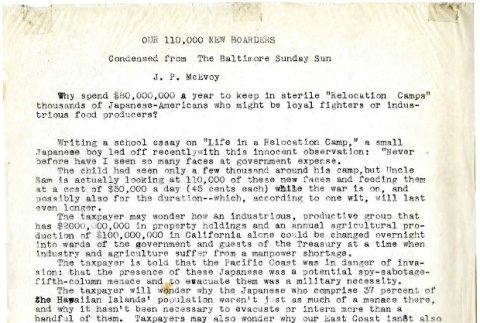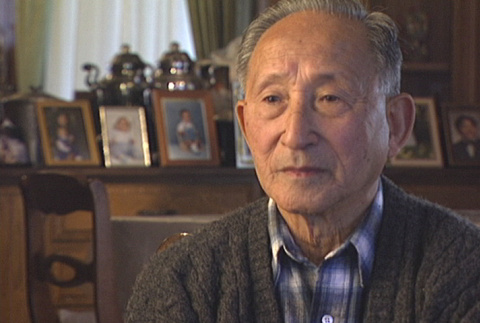Citizen isolation centers
World War II
(231)
Citizen isolation centers
(26)
Related articles from the
Densho Encyclopedia :
Moab/Leupp Isolation Centers (detention facility),
Segregation,
Sites of incarceration
- 1
- 2
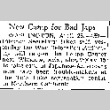
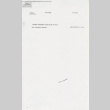
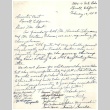
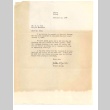
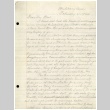
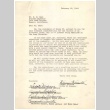
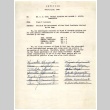
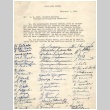
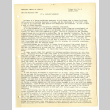
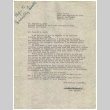
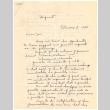
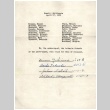
![[Minutes of the regular meeting of the divisional responsible men and the Co-ordinating committee of the Tule Lake Center, March 11, 1944] (ddr-csujad-2-23)](https://ddr.densho.org/media/cache/06/ec/06eccdcdc7cba95bf8d75bfc08da8b8d.jpg)
![[Informal meeting of the divisional responsible men and the project director and Colonel Austin, January 17,1944] (ddr-csujad-2-17)](https://ddr.densho.org/media/cache/5a/e4/5ae4f244ad5dde211fa9fe97444d1755.jpg)
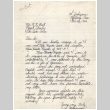
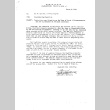
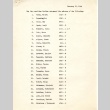
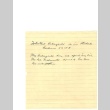
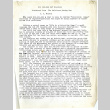


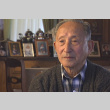
This interview was conducted by sisters Emiko and Chizuko Omori for their 1999 documentary, Rabbit in the Moon, about the Japanese American resisters of conscience in the World War II incarceration camps. As a result, the interviews in this collection are typically not life histories, instead primarily focusing …

This interview was conducted by sisters Emiko and Chizuko Omori for their 1999 documentary, Rabbit in the Moon, about the Japanese American resisters of conscience in the World War II incarceration camps. As a result, the interviews in this collection are typically not life histories, instead primarily focusing …

This interview was conducted by sisters Emiko and Chizuko Omori for their 1999 documentary, Rabbit in the Moon, about the Japanese American resisters of conscience in the World War II incarceration camps. As a result, the interviews in this collection …

This interview was conducted by sisters Emiko and Chizuko Omori for their 1999 documentary, Rabbit in the Moon, about the Japanese American resisters of conscience in the World War II incarceration camps. As a result, the interviews in this …
- 1
- 2
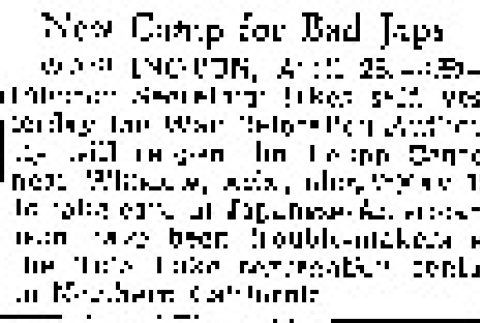
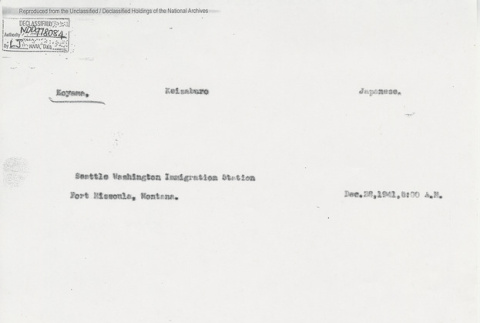
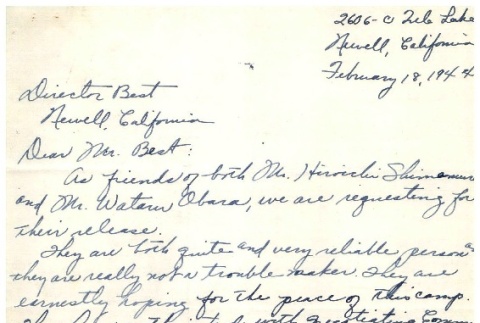
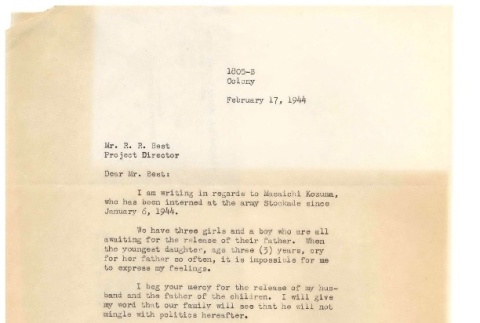
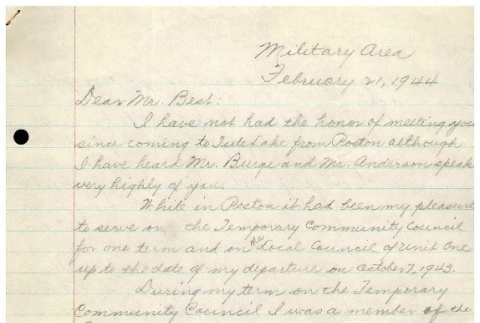
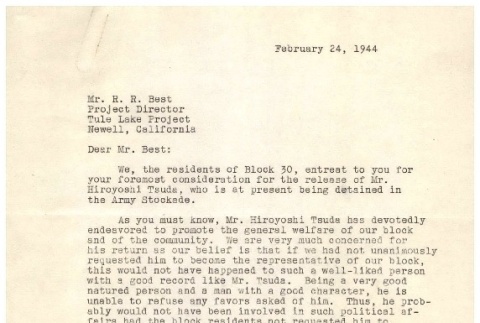

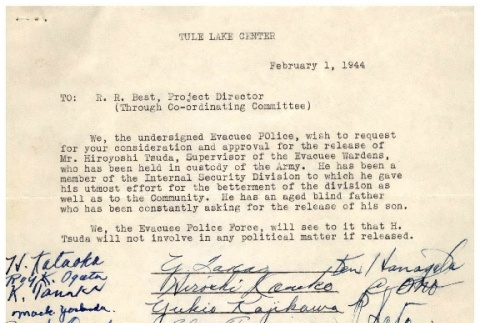
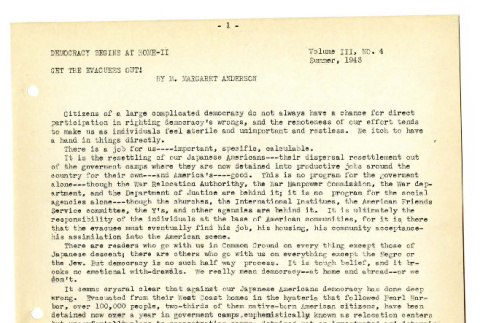
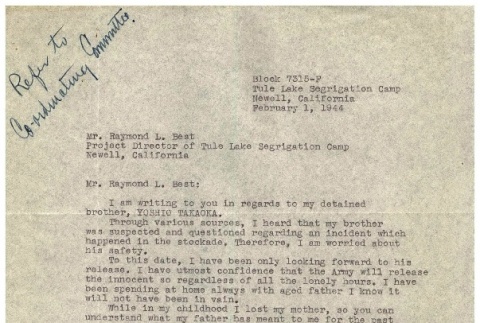
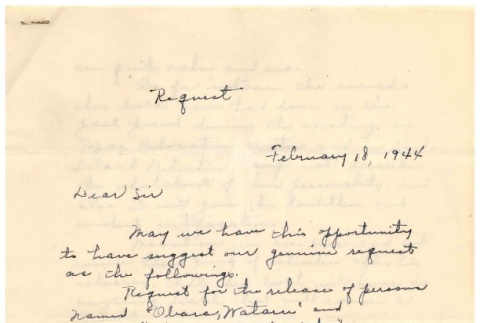
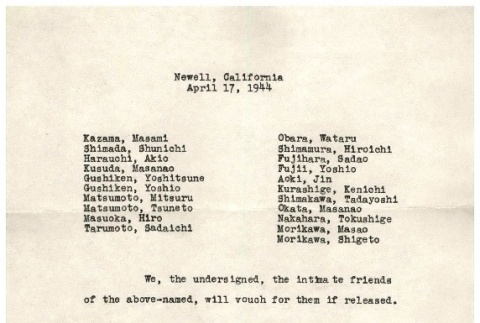
![[Minutes of the regular meeting of the divisional responsible men and the Co-ordinating committee of the Tule Lake Center, March 11, 1944] (ddr-csujad-2-23)](https://ddr.densho.org/media/cache/63/ee/63ee5788360518ce4e0039d020193e2e.jpg)
![[Informal meeting of the divisional responsible men and the project director and Colonel Austin, January 17,1944] (ddr-csujad-2-17)](https://ddr.densho.org/media/cache/92/38/92387058177dd0f0973ad9cd8944f8b8.jpg)

